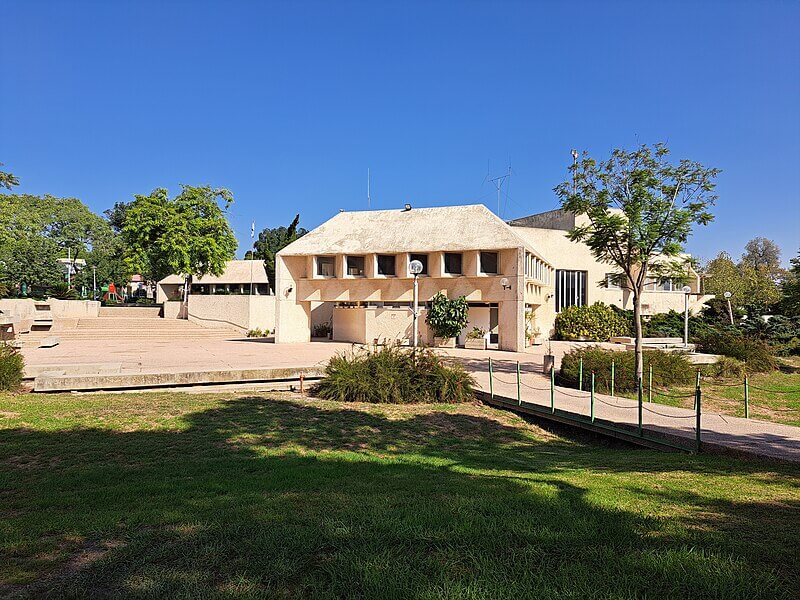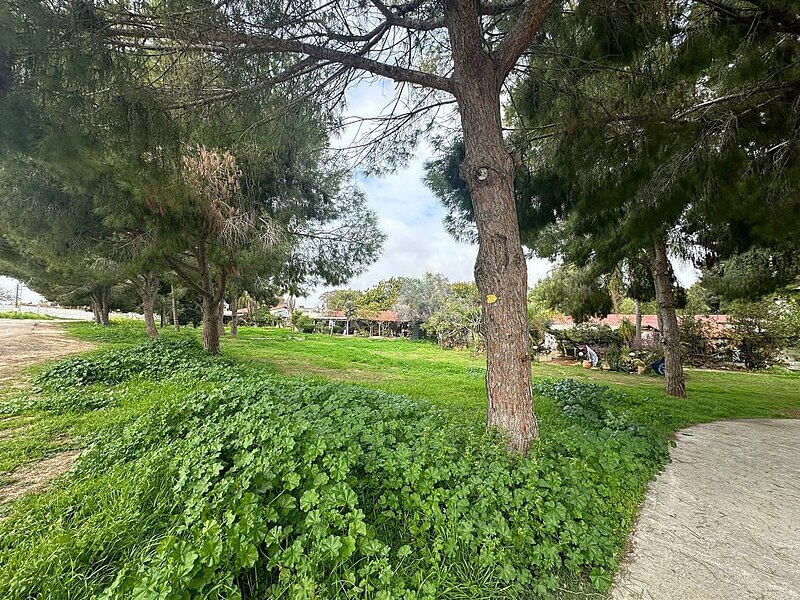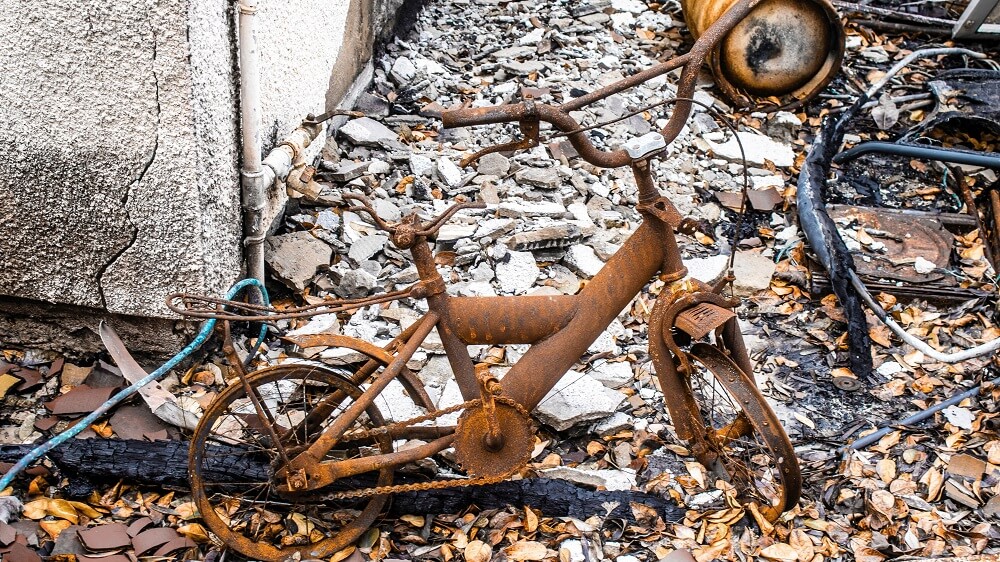Kibbutz Kfar Aza is situated 1.3 km from the Israel-Gaza border, between Netivot and Sderot, and has approximately 780 members. Founded in 1951, by immigrants from both Morocco and Egypt, it was temporarily abandoned in 1955, due to economic hardships that were common in the State of Israel in its early years.
Two years later, however, it was re-established and went on to become a thriving community. Home to a large and successful dairy and the ‘Kafrit Industries plastic factory, Kfar Aza had also recently partnered with ‘Kenaf Ventures’, an environmental start-up that was using the local ‘kenaf’ plant as part of a plan to promote ‘green energy.’
In Hebrew, the word ‘kibbutz’ means ‘communal settlement' and today refers to collectives (sometimes even the size of small towns) who live and work together outside of the big cities in Israel, sometimes even pooling their economic and social resources for the common good.
The kibbutzim were a 20th-century idea and established by Jews who began arriving in British Mandate Palestine in the early 1900s. The first Kibbutz, Degania Alef, was established in 1910 in the Galilee and as more and more Jews fled Europe and the Nazis, many more were established, both up until the State of Israel was declared in 1948 and afterward.

Yes, for sure. The kibbutz (plural: kibbutzim) is strongly associated with the ideology of Zionism (a modern nationalist movement founded by Theodor Herzl, promoting the establishment of a state for Jews in the ancient homeland of Israel). Historically, kibbutz philosophy was heavily centered on the idea of working the land, ‘making the desert bloom’ and the majority of the members - who saw themselves as pioneers - worked in agriculture.
As well as eating collectively and raising their children in Children’s Houses (unconventional at that time), all monies made on the kibbutz were shared out equally, since most members were committed to socialist principles and the idea of giving what you could and taking what you needed.
Today, there are approximately 270 kibbutzim in Israel, with around 120,000 members, making up 2.8% of Israel’s workforce. Whilst many still have an agricultural element (e.g. date palms and grapefruit in the Negev, bananas and carrots in the Galilee), many have diversified, and are home to fish farms, guesthouses for tourists, solar energy panels, small businesses (where artists and chefs sell their wares) and a thriving hi-tech sector.
The majority of kibbutzim are no longer collectives in the sense that all property is shared and all workers are paid the same wage. However, a number of these collectives still remain ‘socialist’ in nature.
Economics aside, the social bonds in these collectives are strong, with members knowing each other well, socializing together and, in some instances describing themselves as ‘one big family.

Kfar Aza before October 7th (Image source: Baruch Niv CC BY 2.5)
Kfar Aza, in Hebrew, means ‘Gaza Village’. Archaeologists and historians believe Ancient Gaza’s origins can be traced back about 4,000 years to when the area was settled by the Canaanites. Gaza was also controlled by the Egyptians for at least three centuries, before being conquered by the Philistines.
At just after 6 am on Saturday 7th October, which was both the sabbath and the Jewish festival of Sukkot, approx. 3,000 Hamas terrorists launched a surprise attack and breached the border fence that separates Israel from Gaza.
Once inside Israel, Kibbutz Kfar Aza was one of the first places the gunmen reached. Carrying Kalashnikov rifles, rocket-propelled grenades and hand grenades, about 70 terrorists went house to house, murdering men, women and children in their wake.
Some kibbutz members were mutilated and decapitated. Others were burned alive when Molotov cocktails were thrown into their homes. Some residents’ bodies were so badly burned that they could be identified only by their DNA. Others, it appears, were tortured and raped before they were slaughtered.
Of the approximately 750 residents that day, 62 were murdered and 18 were kidnapped and taken hostage in the Gaza Strip. Five are still being held hostage.
After the Israel Defence Forces arrived, severe battles took place and it took the IDF almost 72 hours to eliminate all of the gunmen. The kibbutz was left devastated, and its remaining residents, who were all evacuated, are currently living at Kibbutz Shefayim, close to Hertzilya in central Israel.
Members hope that if they can raise sufficient funds, they will move to Kibbutz Ruhama in the Western Negev (close to their original homes and their children’s schools) by October 2024 and, once Kibbutz Kfar Aza is rebuilt, return there by 2025.
